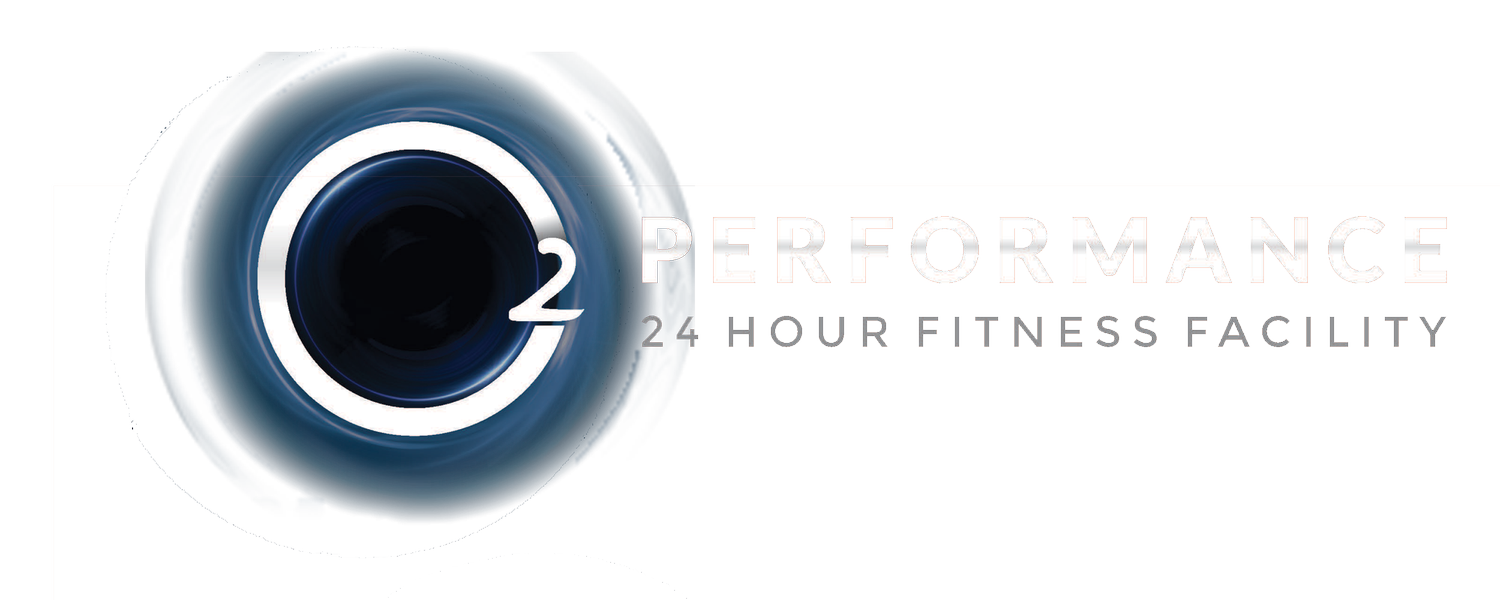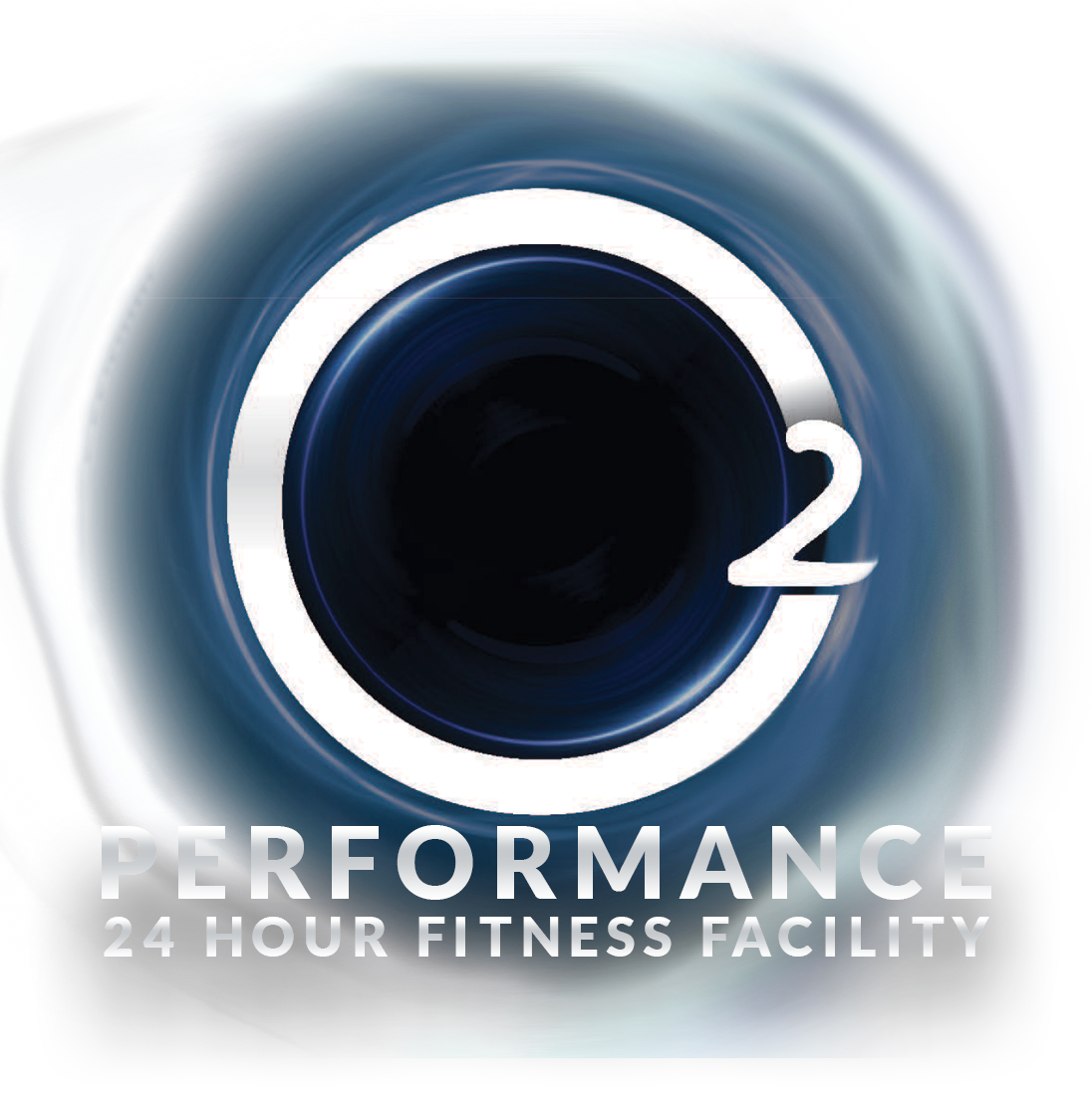A Guide to Affordable Protein Sources
Whether you're hitting the gym regularly or simply aiming to lead a healthier lifestyle, protein is your best friend. It's the cornerstone of muscle growth, aids in recovery after workouts, and keeps you feeling full and satisfied throughout the day. But finding affordable protein sources can sometimes feel like a challenge. Fear not! We've compiled a list of the best and most budget-friendly options to help you meet your protein needs without breaking the bank.
1. Eggs: Nature's Protein Powerhouse
Eggs are the quintessential protein source, and for good reason. Not only are they incredibly versatile, but they're also packed with essential nutrients. With about 6 grams of protein per large egg, they offer a significant protein boost at minimal cost. Whether you prefer them scrambled for breakfast, hard-boiled as a snack, or incorporated into your favourite dishes, eggs are a budget-friendly protein option that should have a permanent place in your shopping cart.
2. Beans and Legumes: Budget-Friendly Protein Powerhouses
Beans and legumes are nutritional powerhouses that provide both protein and fibre, making them a double win for your health and your wallet. Options like black beans, chickpeas, lentils, and kidney beans are not only inexpensive but also incredibly versatile. From hearty soups and stews to flavorful salads and dips, there are endless ways to incorporate beans and legumes into your diet. Plus, they're packed with other essential nutrients like iron, folate, and potassium, making them a must-have for any budget-conscious health enthusiast.
3. Greek Yogurt: Creamy, Delicious, and Protein-Packed
Greek yogurt is a staple in many healthy diets, and for good reason. With approximately 17 grams of protein per 6-ounce serving, it packs a powerful protein punch that can help keep you full and satisfied for hours. Opt for plain, non-fat Greek yogurt to keep calories and sugar in check, and then customize it with your favourite toppings, such as fresh fruit, nuts, or a drizzle of honey. Not only is Greek yogurt delicious on its own, but it also makes a versatile ingredient in recipes ranging from smoothies to baked goods, adding a creamy texture and a hefty dose of protein without breaking the bank.
4. Canned Tuna and Salmon: Affordable Sources of Omega-3s and Protein
Canned tuna and salmon are pantry staples that offer a convenient and budget-friendly way to boost your protein intake. Packed with omega-3 fatty acids, vitamins, and minerals, these seafood options provide a host of health benefits in addition to their protein content. Add canned tuna to salads, sandwiches, or pasta dishes for a quick and easy meal, or mix canned salmon into patties or salads for a flavorful twist. With their long shelf life and affordable price tag, canned tuna and salmon are smart choices for budget-conscious individuals looking to prioritize their protein intake.
5. Cottage Cheese: A Creamy and Versatile Protein Option
Cottage cheese often flies under the radar, but it's actually one of the most budget-friendly sources of protein available. With approximately 14 grams of protein per half-cup serving, it's an excellent option for anyone looking to boost their protein intake without breaking the bank. Enjoy it on its own as a snack or incorporate it into recipes like pancakes, smoothies, or savoury dips for a creamy and satisfying protein boost. Plus, cottage cheese is rich in calcium, which is essential for maintaining strong bones and teeth, making it a smart choice for overall health and wellness.
Prioritise Protein Without Draining Your Wallet
Eating a protein-rich diet doesn't have to cost a fortune. By incorporating affordable protein sources like eggs, beans and legumes, Greek yogurt, canned tuna and salmon, and cottage cheese into your meals and snacks, you can fuel your fitness journey without breaking the bank. Get creative in the kitchen, experiment with different recipes and flavours, and most importantly, enjoy the process of nourishing your body with delicious and budget-friendly protein options.

